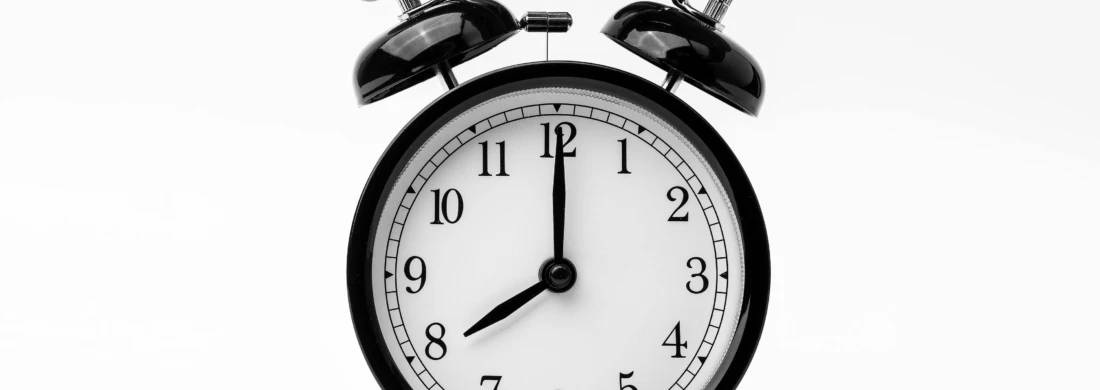Project Future of Care Alarm Systems
Epileptic seizures carry risks, such as causing injury and posing a risk of status epilepticus or SUDEP (Sudden Unexpected Death in Epilepsy). Therefore, clients are monitored at night using our care alarm system. This monitoring ensures the well-being of clients and enables quick care in response to epilepsy or other, including behavioral, care needs.
Clients are monitored using equipment such as call buttons, bed sensors, epilepsy sensors, acoustic monitoring, and cameras. We take into account both effectiveness and quality of life, as well as privacy. Alarms from these devices are transmitted via the alarm system to the night shift. They analyze the alarms and any camera footage to assess the client's care needs and determine whether action is required. Care is then provided according to specific emergency protocols for each client.
Currently, our care alarm system heavily relies on sound monitoring. However, sound monitoring has some limitations, often triggering false alarms. This increases the risk of alarm fatigue among staff, which could result in important alarms being missed. The existing system places significant demands on our night shift staff to stay alert, leading to higher work pressure and potential safety risks for clients.
Through the "Future of Care Alarm Systems" project, we are exploring technical solutions to enhance client safety and reduce staff workload. The ultimate goals are:
- A safe and user-friendly alarm platform, allowing staff to effectively monitor clients and provide timely care when needed.
- Clear procedures for the use of client-specific detection tools to reduce excessive monitoring and promote quality of life and privacy.
